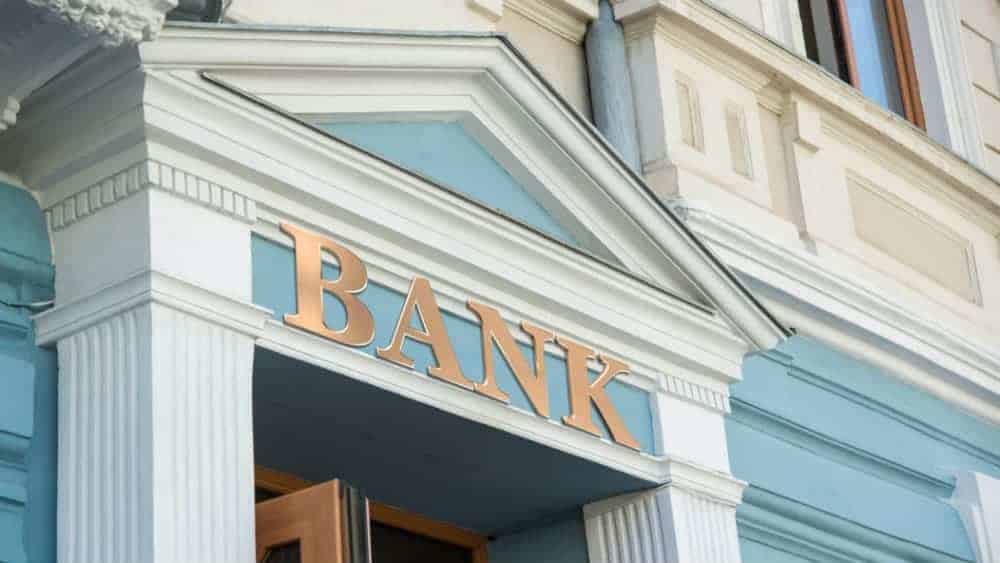Once again, your Tax-Free Savings Account (TFSA) contribution room will increase by $6,000 as soon as the year 2021 rolls around. You could have much more TFSA contribution room, though.
The TFSA is designed to help you save serious money. Every dollar of TFSA contribution is after-tax money. So, the amount you put in and what you earn inside TFSAs are yours to keep.
Because TFSAs allow you to earn income and growth tax free, it makes good sense to contribute the maximum allowed amount to your TFSA every year and maximize returns.
What’s your TFSA contribution room for 2021?
TFSAs began in 2009. Anyone 18 years and older and has a social insurance number is eligible. If you’ve never contributed to a TFSA, you’ll have accumulated $75,500 of TFSA contribution room for 2021 if you have been eligible since 2009. If you just became eligible in 2020, then you’d have room of $12,000.
| Year | TFSA Contribution Limit for each year |
| 2009-2012 | $5,000 |
| 2013-2014 | $5,500 |
| 2015 | $10,000 |
| 2016-2018 | $5,500 |
| 2019-2021 | $6,000 |
| Total | $75,500 |
Remember that any unused room will accumulate. Also, any TFSA withdrawals will add to your TFSA room as soon as the next calendar year. For example, if you max out your TFSA and you withdraw $1,000 now to buy Christmas gifts, you can contribute $7,000 in 2021.
What should you invest in your TFSA?
You should seek investments that suit your style and satisfy your financial goals.
If you want income, because interest rates are at historic lows, you’ll probably be disappointed in the interests paid by GICs and bonds. Currently, GIC yields at most in the 1.5% range, while a corporate bond ETF like the TSX:XCB yields close to 2.8%.
You will find better income opportunities in stocks. For example, Bank of Nova Scotia (TSX:BNS)(NYSE:BNS) yields 5.5%. The bank stock price stabilized from the March market crash and broke out this month. The positive vaccine news helped push its shares higher. It’s still on the path of recovery to its previous height of +$80 per share.
Over the next two years, BNS stock could appreciate about 13% per year to get back to normalized levels while paying safe dividends. That would imply a total return of +18% per year. Of course, this is one of many scenarios.
Another potential scenario is that there could be hiccups in vaccine distribution, which could drag down the stock in the near term. In any case, BNS stock should at least be able to sustain its dividend and allow shareholders to get some nice dividend income.
Some investors prefer to be more aggressive and aim for bigger gains in a short time. They might invest in deep value or growth stocks, which require a more active approach but could be more lucrative.
The leading retail real estate investment trust (REIT) RioCan REIT would count as a deep value play after falling from the $26-per-unit level and stabilizing in the $14-15 range. From there, it rebounded quickly by 26% this month from positive vaccine news. Investors who strategically bought at a low could have booked profits already.
The Foolish takeaway
The news is out. The TFSA contribution limit is once again $6,000 in 2021. After figuring out your TFSA contribution room (you can also find it via the CRA My Account login), you should max out your TFSA every year and stick with winning investing strategies that work for you.









